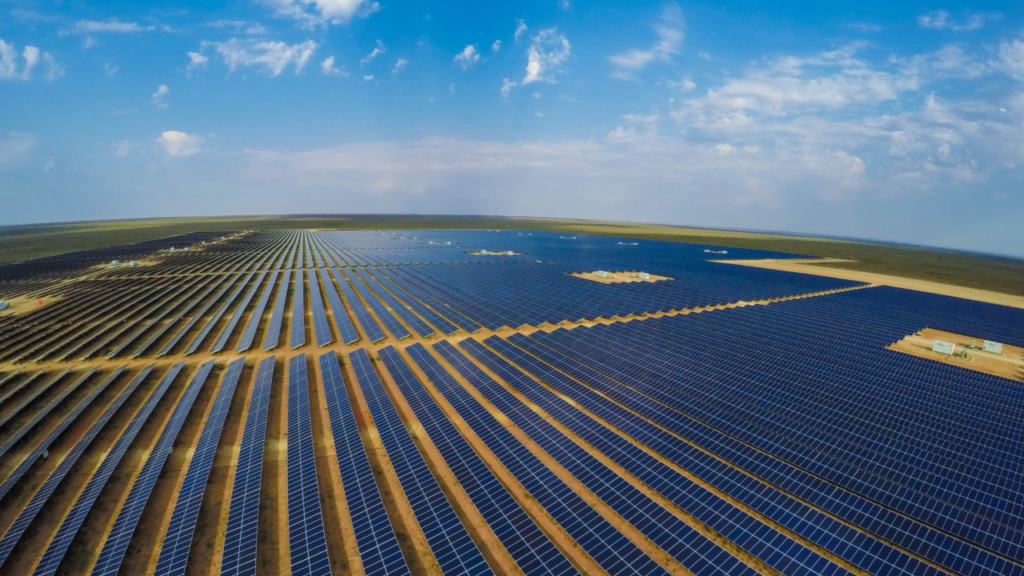Juwi, the global leader in renewable energy, has announced 340 MW solar capacity building in the South African markets by the year 2025. Such a bold move by the company can only assure that the country’s renewable energy output will leap and contribute to the long-term sustainability goals of this nation. The solar projects will be spread over several locations, hence helping to address the growing energy demand in South Africa.
Expanding Solar Potential in South Africa
South Africa is one of the sunniest countries in the world, and solar energy is a key part of the nation’s strategy to diversify its energy mix.
The 340 MW of new solar capacity will be added to the several projects, which are running in the current year and look forward to increasing the pipeline for solar power initiatives in the country. These are expected to bring much-needed power to both urban and rural areas, improving grid stability and supporting local communities.
Another biggest plus in all these solar projects would be the prospect of creating employment. In building and running the solar farms, Juwi would offer work to thousands. It will be of help not only in boosting the local economies but also in offering work experience and valuable skills for further long-term growth in the economies. Further, renewable energy infrastructure will attract more investment that sets off more projects in the area.
South Africa’s Renewable Energy Future
The new solar projects are a step forward in South Africa’s journey toward cleaner, more sustainable energy. Although coal remains a major constituent of the energy mix in the country, renewable energy has been assuming increasingly larger proportions and is an integral part of the answer to the power conundrums. Spearheading the interest in South Africa, so far as solar power is concerned, has surely paved the way for other large foreign players in this industry.
The Juwi investment comes at a critical juncture for South Africa, which has set an ambitious goal of adding substantial renewable capacity in the next decade to help it meet increasing energy demands with cleaner solutions. This 340 MW of new solar capacity is only the start of what’s going to be a much bigger initiative toward cleaner energy solutions.

